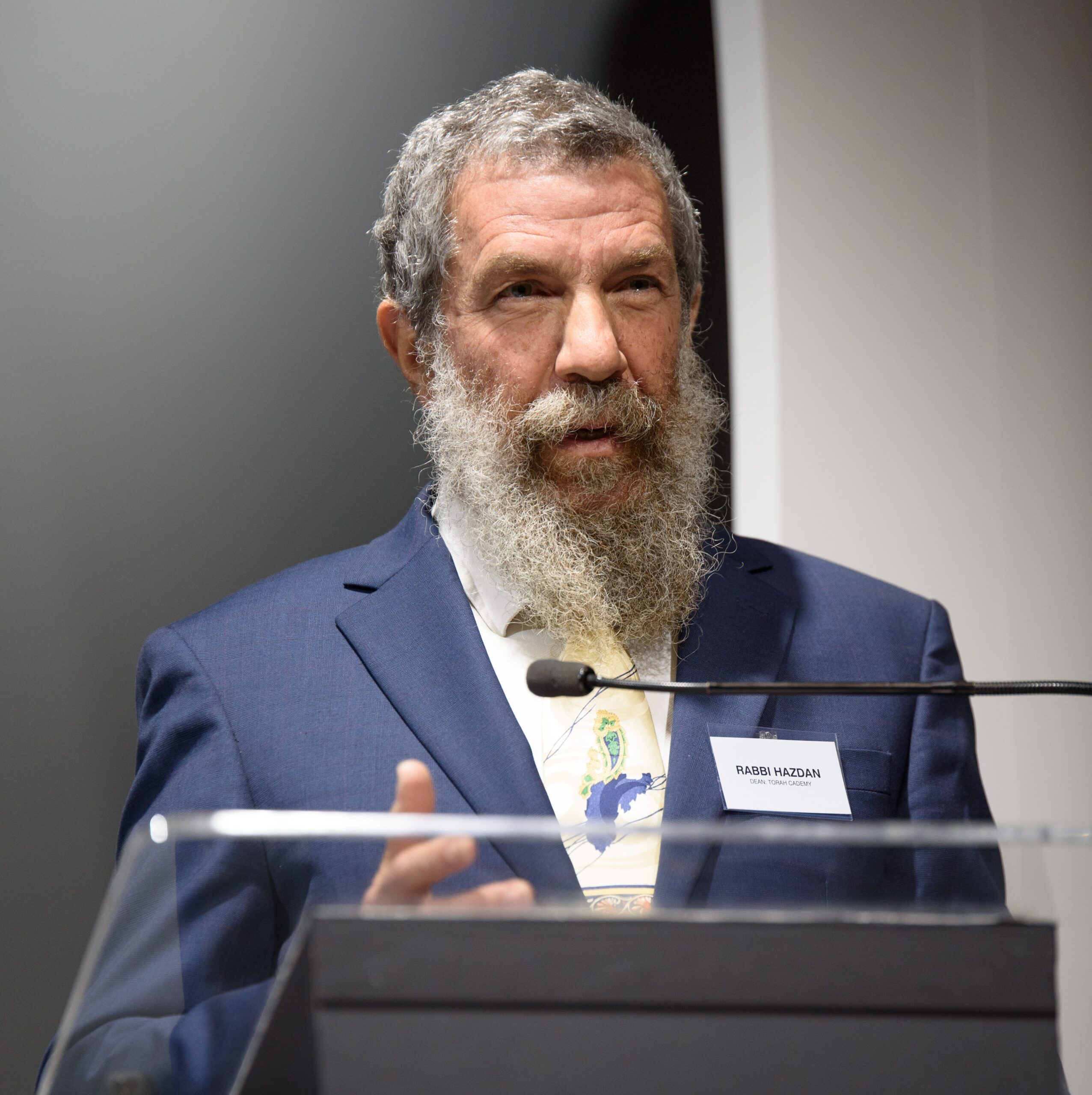
Religion

Extra month represents a whole leap forward
We’re all acquainted with the concept of a leap year. Every four years, an additional day is added to the month of February as a necessary adjustment to the civil calendar.
But our Jewish calendar’s leap year adds the entire month of Adar. This year is a Jewish leap year, resulting in Pesach and all the festivals being particularly late in the civil year. How did a 13-month year come to be?
The first commandment that the people of Israel received as a nation was the instruction to count time. The exodus from Egypt began with establishing the month of Nissan as the first month of our Jewish calendar year, determined by the birth of the moon.
It seems simple. A lunar month is about 29.5 days. To accommodate the half-day, the length of a month is either 29 or 30 days.
But simple it isn’t. An additional requirement of our calendar is that our festivals fall in particular seasons. Pesach, for example, must fall in spring. The seasons are determined by the cycle of the sun, not the movement of the moon. So was born the complicated but exceptionally precise Jewish lunar solar calendar.
If we were to anchor our calendar only in the cycle of the moon, our year would comprise 12 months of 29.5 days, which adds up to 354 days. But the solar year is 365 days in duration. Every new lunar year would begin 11 days earlier than the new solar year. Over a number of years, Pesach would no longer fall in spring. It would be celebrated in winter!
The solution was to add a lunar month about every three years to synchronise the lunar and solar calendar.
The great Hillel II, in the year 359CE, formulated the scientific perpetual calendar with a 19-year cycle which would include seven leap years, each with an additional month. Following the last month of the year, the month of Adar, an additional month is added and is known as Adar Bet.
Our people are compared to the moon. We humbly recognise that our light is a reflection of a radiance much greater than ourselves.
The waxing and waning of the monthly lunar cycle represents the annals of our history and the ever changing periods of pain and plenitude. At times, the darkness of night is intense. We barely see a slither of moon. But the next day promises hope and optimism as the moon develops and grows until a full ball illuminates and transforms the prevailing darkness. Both Pesach and Sukkot take place on the 15th day of the Jewish month, when the moon is in its fullest phase.
Our solar lunar calendar represents two vital ingredients of the invincible strength, endurance, and vitality of our people.
The sun represents the absolute intensity of light that is not subject to phases and change. It symbolises the anchors of our faith, founded in the eternal values of our Torah and mitzvot. The moral compass of generations of Jews is impervious to vogue, fashionable impressions, and the trends of fickle public opinion. The sun represents the beauty and radiance of Shabbat, the discipline of kashrut, and the predictably regular responsibilities of putting on tefillin, lighting Shabbat candles and wearing tzitzit. It’s the constant commitment to give a tenth of our earnings to charity, to prioritise chesed and our commitment to our spouses and children, and to the blessings of family purity. All of this is set in stone, never being subject to debate, review, and compromise.
The moon represents dynamic change, movement, growth, and regeneration. The phases of the moon remind us that no two days can be allowed to be the same. There’s a yearning for more and for a journey inspired by ambition to achieve growth, notwithstanding the losses and failures of the past. The cycle of the moon reminds us to breathe passion, enthusiasm, newness, excitement, and energy into the daily grind.
Our solar lunar calendar reminds us of the stability of the unyielding anchors of the absolute values and teachings of our Torah. At the same time, it drives us to fill every day with personal motivation, meaning, and momentum.
We call our leap year a Shnat Ibbur (pregnant year). It’s a year pregnant with opportunity for newfound growth.
The extra months of Adar are associated with joy and the spirit of Purim. May they usher in a double helping of happiness and optimism, and lead us to the month of Nissan and the festival of Pesach and season of freedom.
May our long awaited redemption bring healing, tranquillity, and peace to our people of Israel, and to the whole world.
- Rabbi Dovid Hazdan is the rabbi at Great Park Synagogue, and the dean of Torah Academy.






